Year: 2016
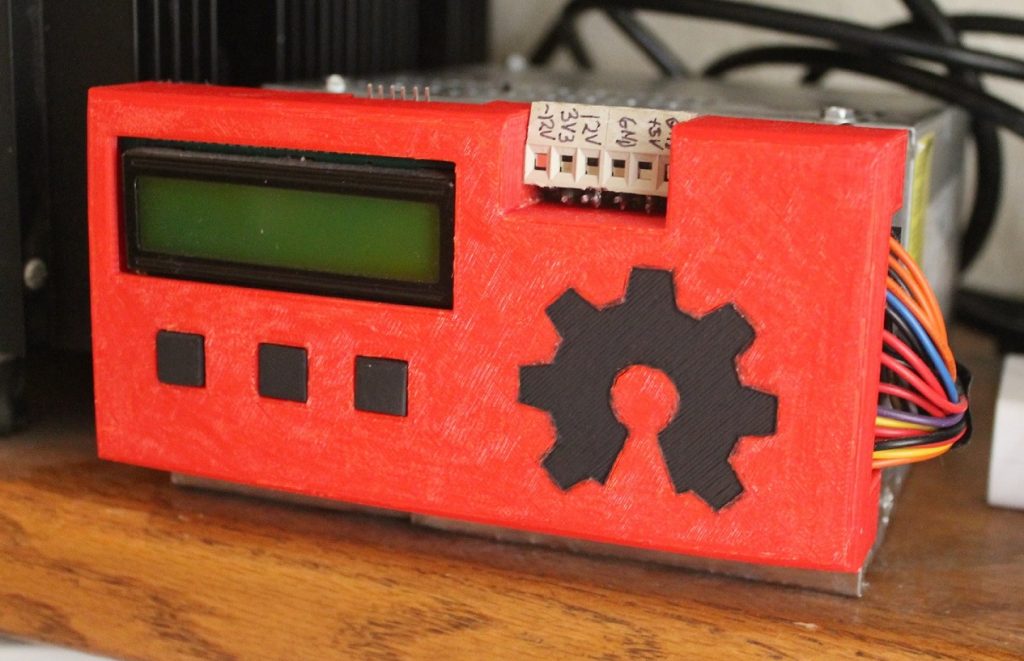
A Bench Power Supply using computer PSU
As we know, PSU in computers provides various DC voltages, 3.3V, 5V and 12V. These 3 levels are the most common ones needed in our labs, so usually PC PSUs are used by a lot of makers and hackers as their personal bench power supply. The PSU has a standard connector called ATX, you can...
Continue Reading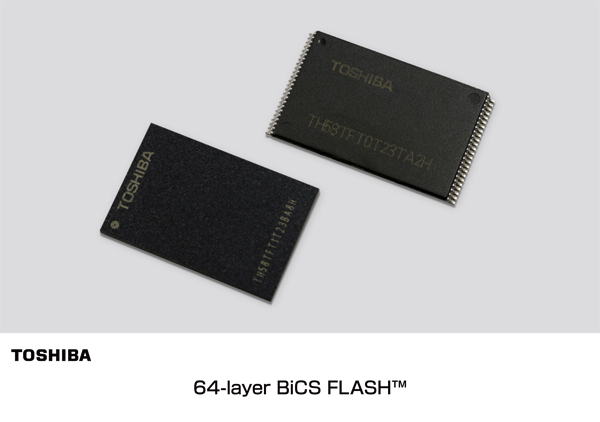
Samsung and Toshiba Will Start 64-layer 3D NAND Production Soon
Toshiba will start mass production of 64-layer 3D NAND, BiCS3, with 3-bit-per-cell technology and a 64GB capacity in the first half of 2017. The applications of this new massive storage chip include enterprise and consumer SSD, smartphones, tablets and memory cards. This achievement...
Continue Reading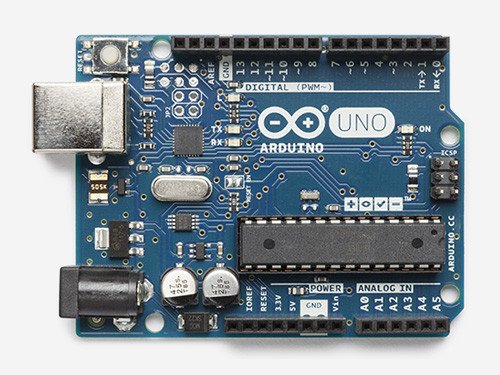
35-second Arduino language reference
A 35 seconds walk through the Arduino language specifications and how to use it. By reading the below, in 35 seconds you will have a complete knowledge of the Arduino programming language specifications. Then scroll to the bottom for how to use it. 35-second Arduino language...
Continue Reading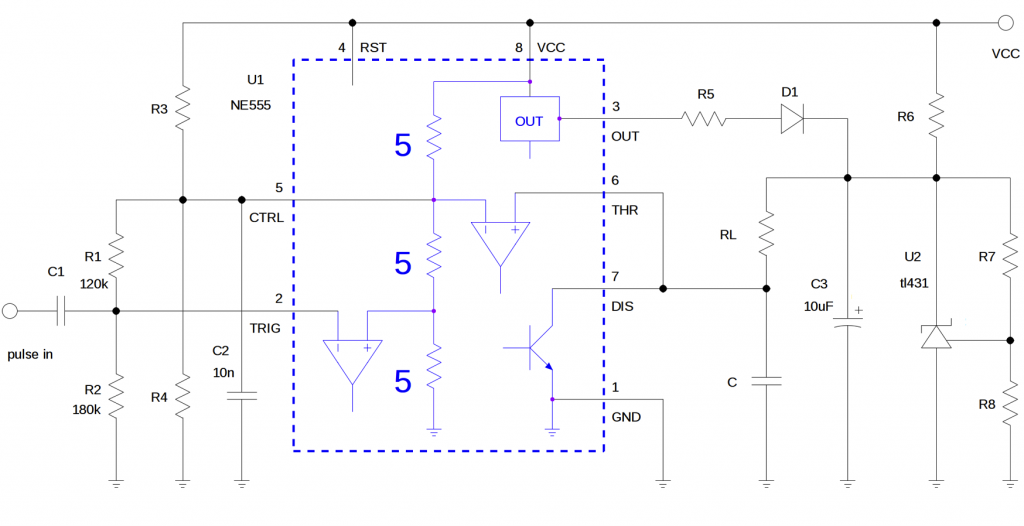
Circuit delivers constant power to a load
Kiril Karagiozov @ edn.com has a circuit idea that is able to deliver constant power to a load. This is done by generating energy pulses, independent of resistance of the load. If you have a load with a variable or poorly specified resistance and want to regulate the power applied to...
Continue Reading
Cleanroom Protocol: The Gowning and De-Gowning Process
Cleanroom Protocol: The Gowning and De-Gowning Process -...
Continue Reading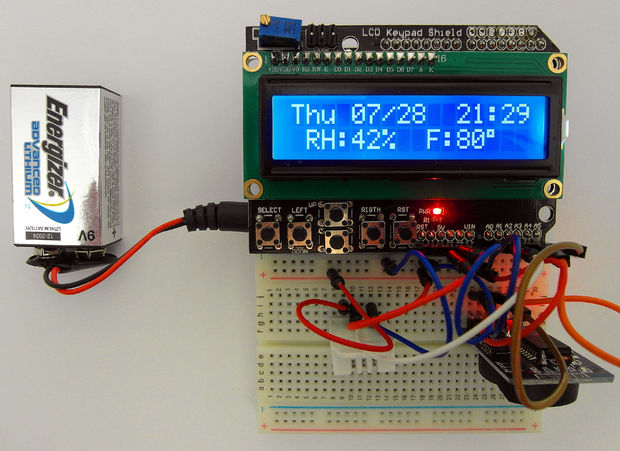
Calendar- Time – Humidity and Temperature Arduino LCD display
Jordan Kreindler shows us how to build a Battery Saving LCD display that is a able to show Time, Date, Humidity and temperature using DHT22, RTC3231 and Arduino. The power saving mode here is what sets this Instructable apart from other examples showing day of the week, month, day...
Continue Reading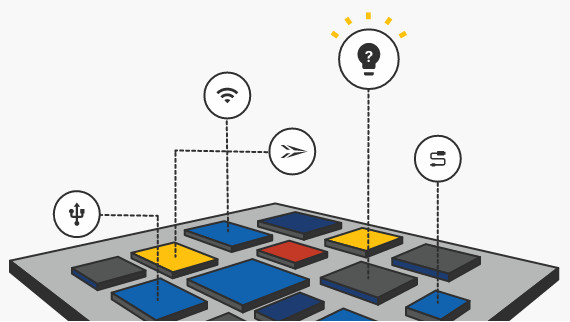
An Open-Source SoCs with RISC-V From SiFive
SiFive, a startup from San Francisco, is trying to democratize the access to the world of SoC designing and manufacturing by giving the ability of customizing silicon to the smallest company, inventor, or maker, and taking “the hard parts of building chips working with 3rd part IP, EDA...
Continue Reading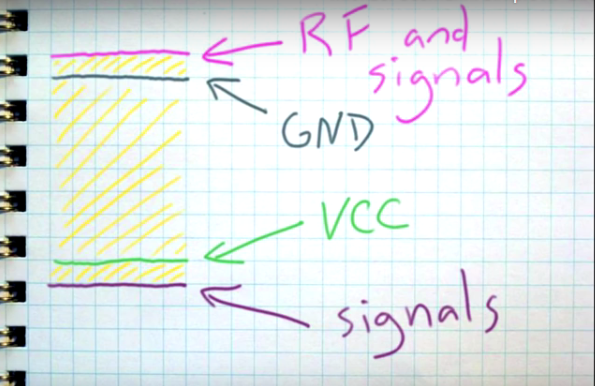
5 Tips on designing RF PCBs
Michael Ossmann shared some of his practical experience and insights in designing RF PCBs, Michael designed a lot of RF PCBs like HackRF One, which is an open source SDR (Software Defined Radio) platform. Michael tips don’t include talking about Smith charts, Q factor, S parameters...
Continue Reading










